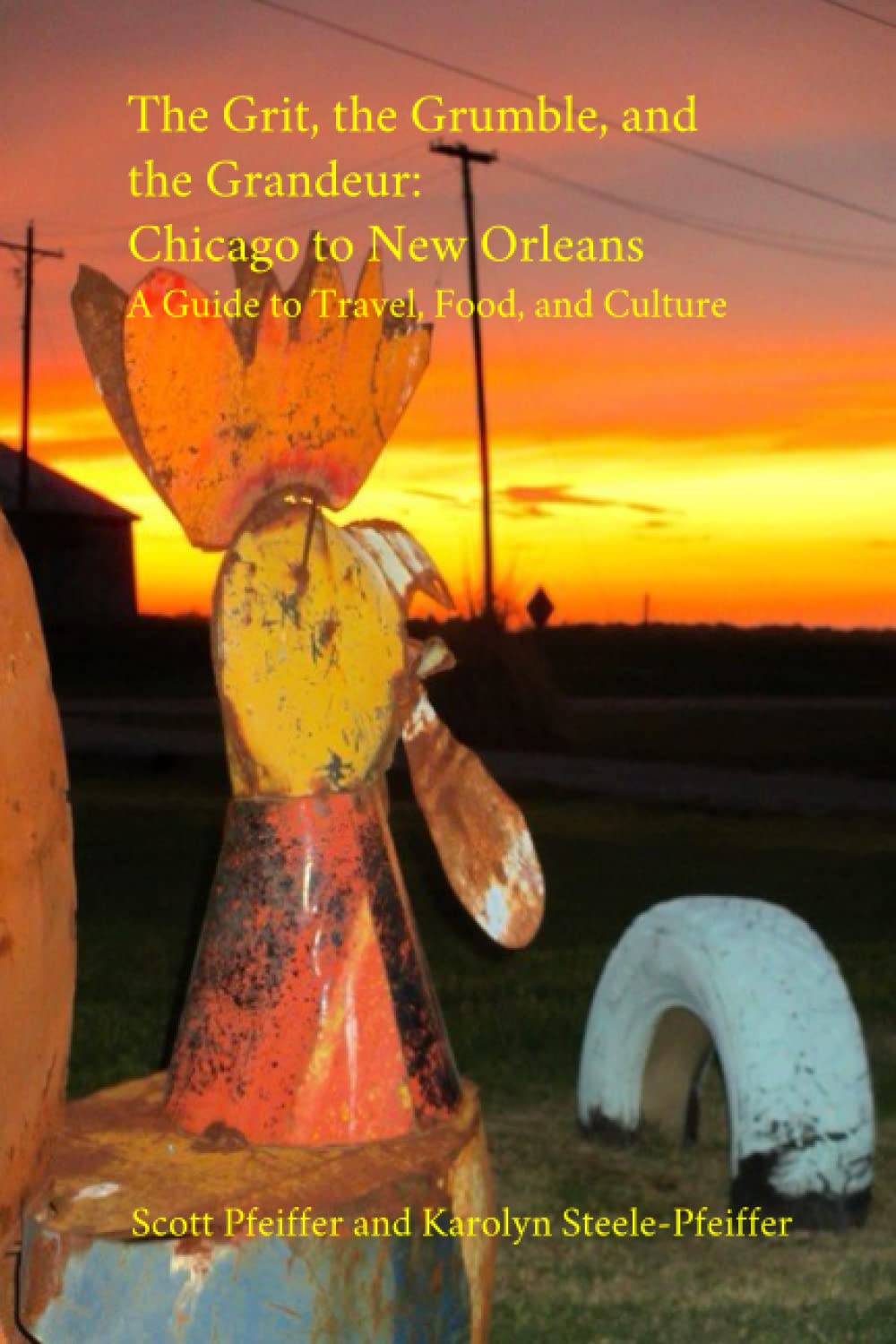The Brave One
WARNING: This review contains spoilers.
In “The Brave One” Jodie Foster is in love with New York City, her job hosting radio and her boyfriend, until late one night the couple is attacked by a gang while on a walk through the park. Emerging from a coma to learn that he was killed, she buys a gun for self defense, but after gunning down a robber in a convenience store soon finds herself wandering the night, looking for trouble and pumping baddies full of lead. Up until the point that it culminates in a disastrous set-piece in which Foster improbably gets to blow away her attackers from the park, this movie is fairly absorbing, with nice taking-each-other’s-measure interplay between Foster and Terrence Howard as the cop investigating the vigilante killings, whom she befriends, and while it doesn’t come close to the artistry (or ironies) of “Taxi Driver” (the obvious model for “The Brave One”), it does occasionally approximate that film’s feverish intensity. It was the teenaged Foster, of course, who gave such an unforgettable performance in that picture as Iris, the barely pubescent prostitute. In “The Brave One” her visage is a taut mask of sorrow, not just a patina of grief but expressive of a deep inner ruin.
Thinking about why the ending of this film made me sick, I returned to a profile of director Michael Haneke (“The Piano Teacher”, “Cache” et al.) which appeared in a recent issue of the NYT magazine. Haneke, whose work is deeply disturbing—and to my mind fascinating—recalls attending a screening of his film “Funny Games” to journalist John Wray: “It was funny—funny for me, at least—how the theater reacted [to a scene late in the film when the heroine turns the tables on her captors]. There was actual applause at first—then, when the scene is rewound, making the audience conscious of what it’s cheering for, the theater went absolutely silent. There was a general realization, even though the victim in this case was a villain in the film, that they’d been applauding an act of murder”.
The audience with whom I saw “The Brave One” exploded in applause when Foster’s character blasted away the defenseless and prone ringleader of the punks from the park, but director Neil Jordan (“The Crying Game”) doesn’t want us to think about what we’re cheering. The attack in the park and her first shootings were handled quite differently—those scenes hurt. In contrast, the killings in the finale are there for the audience to have fun with. It’s cheap, crowd-pleasing stuff, and I was so disappointed with Jordan. Revenge movies _can_ be sleazy fun, after all, but a film that takes itself as seriously as this one does must do more than stimulate the reptile brain. Blame the script by Bruce A. Taylor and Roderick Taylor, maybe, or commercial calculations, or the exigencies of Hollywood plotting, to which Jordan is not usually so cravenly and slavishly beholden. But there is a way that even this scene could have been done properly: by rendering the situation so vividly, so recognizably that we’re made to feel, to understand, to ask ourselves what we would do in her shoes. To _think_. I’d love to see what Foster could do in a film like that.
Haneke again: “Violence in my films is shown as it really is. The suffering of a victim. The viewer comes to see what it means to act violently—that’s why the films are often experienced as painful”. “The Brave One” fails when it stops being painful and starts being slick, consumable Hollywood product.
Rating: *
Key to ratings:
***** (essential viewing)
**** (excellent)
*** (worth a look)
** (forgettable)
* (rubbish!!)
- Oct 10, 2007


 Scott Pfeiffer
Scott Pfeiffer
Reader Comments